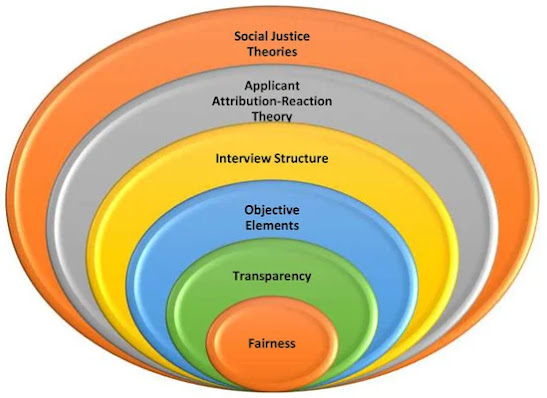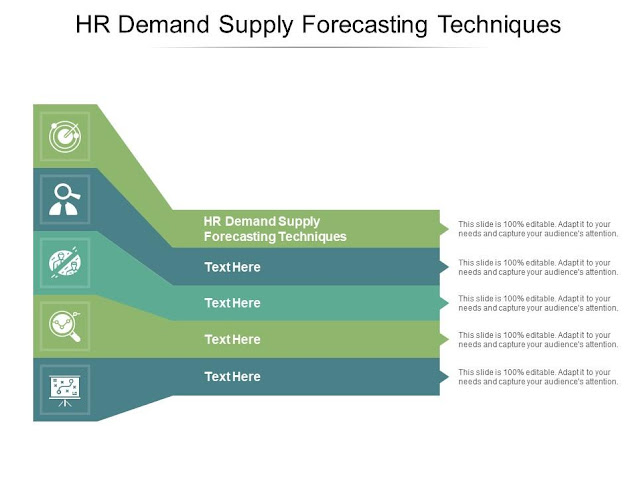The Consequences, and Benefits of Political Globalization

Image 01 Introduction. In an age characterized by unprecedented connectivity and interdependence, political globalization stands as a defining force in shaping the dynamics of international relations and governance. This phenomenon transcends borders and traditional notions of sovereignty, bringing nations together in a complex web of shared interests and responsibilities. As the world continues to witness an amalgamation of political ideologies, Political globalization. Political globalization refers to the integration of national political systems into a global political system, leading to the emerge...





